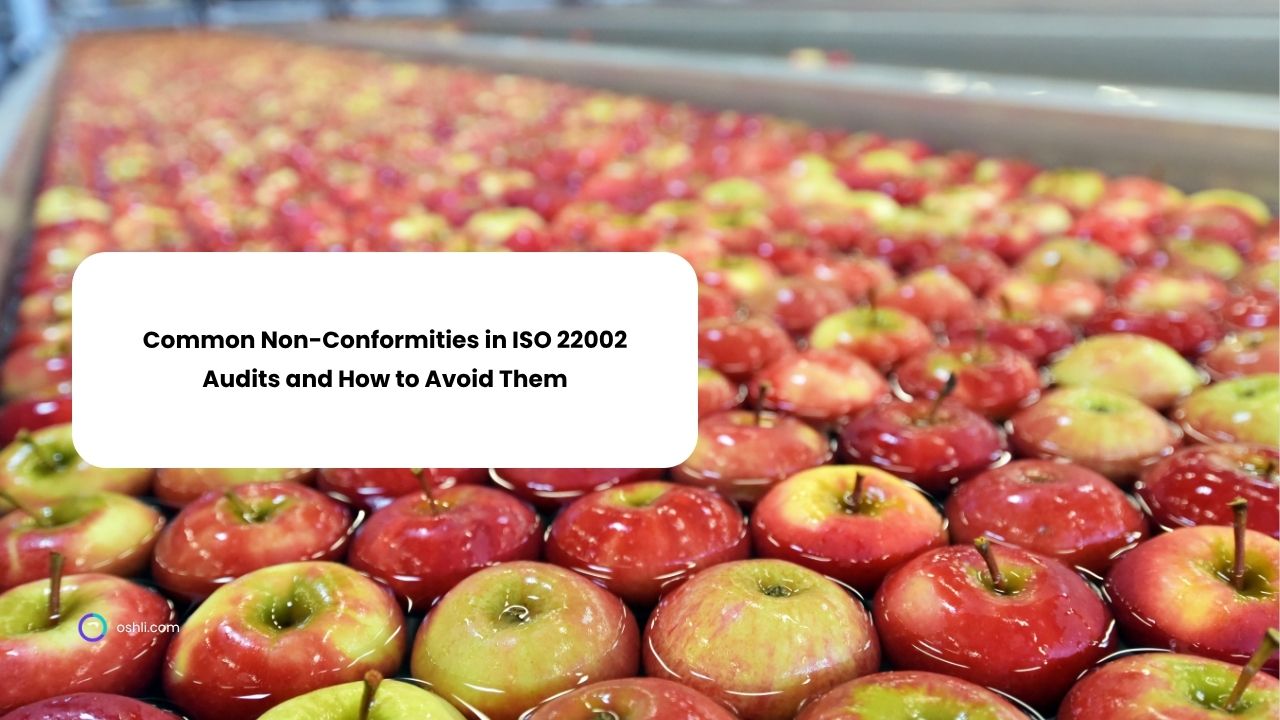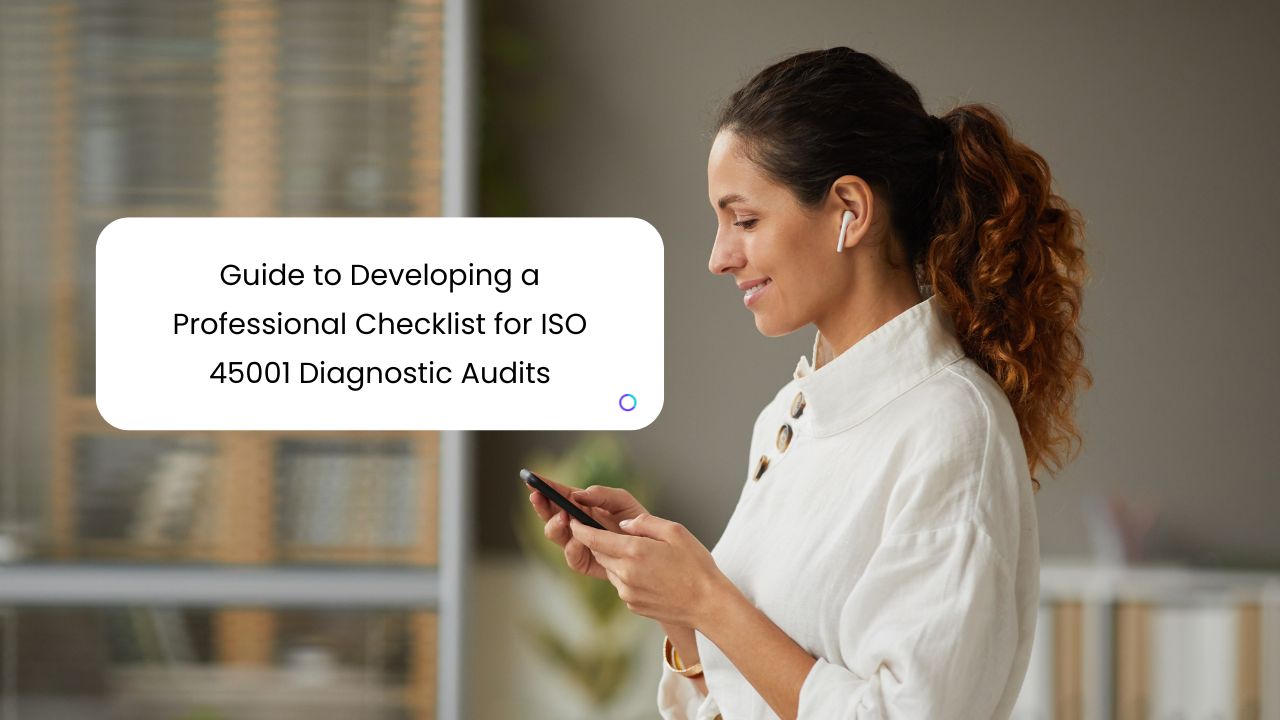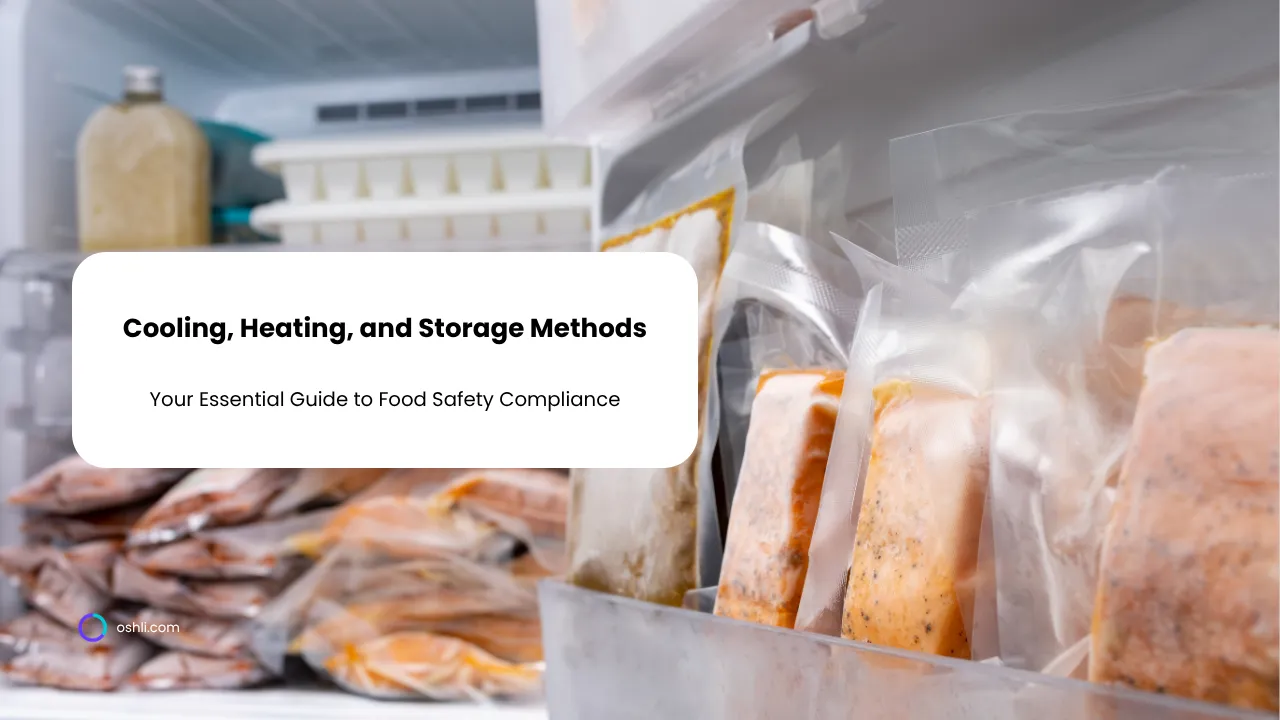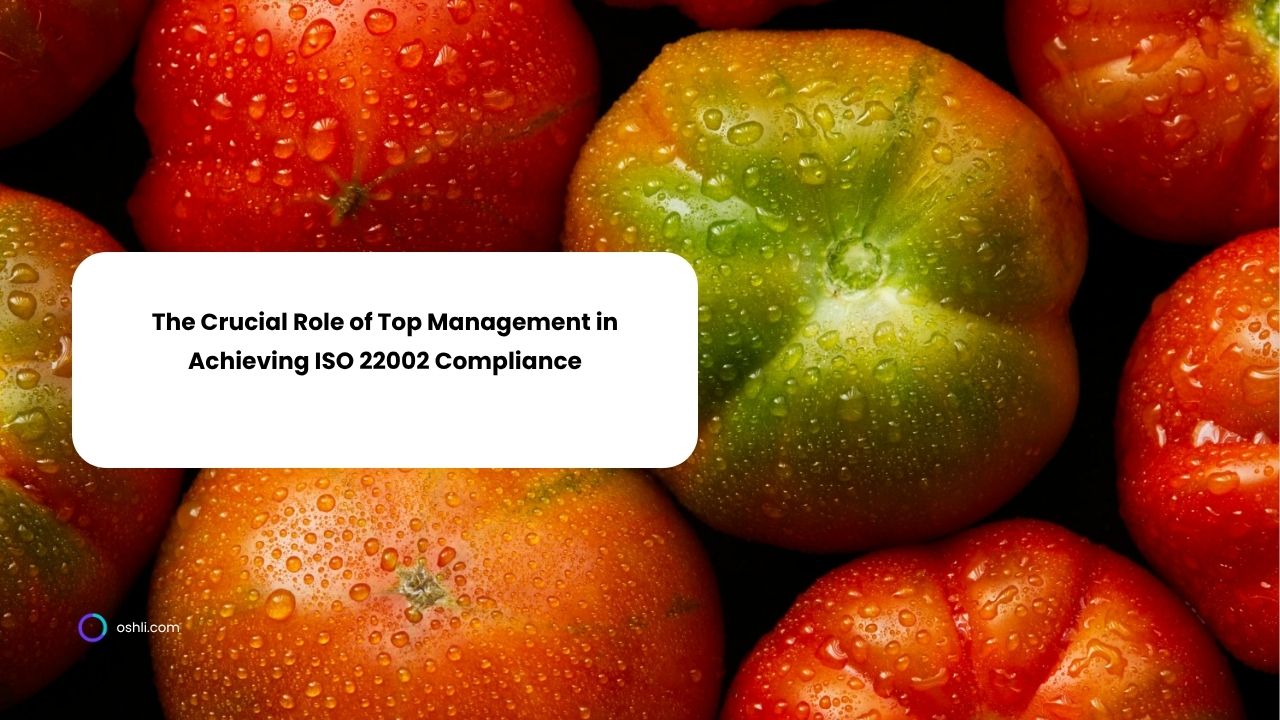
Common Non-Conformities in ISO 22002 Audits and How to Avoid Them
Hello, food safety enthusiasts! If you're preparing for an ISO 22002 audit, you're likely wondering about those pesky non-conformities that can trip up even the most diligent teams. ISO 22002, the standard for prerequisite programs (PRPs) in food safety, is crucial for manufacturing, packaging, and more. But audits can reveal gaps that halt certification. Don't worry—we're here to break down the most common ISO 22002 non-conformities and share practical, friendly tips to avoid them. Let's keep your operations smooth and compliant!
1. Inadequate Documentation of PRPs
One of the top ISO 22002 audit non-conformities is incomplete or outdated PRP records. Auditors expect clear evidence of hygiene, pest control, and maintenance protocols.
How to Avoid It: Implement a digital document management system for real-time updates. Schedule quarterly reviews and train staff on logging activities. Pro tip: Use checklists tied to your HACCP plan for foolproof traceability.
2. Poor Pest Control Management
Uncontrolled pests? A classic red flag in food safety audits. Gaps in monitoring or response plans often lead to major non-conformities under ISO 22002-1.
How to Avoid It: Partner with certified pest control experts and install bait stations with regular logs. Conduct monthly inspections and integrate IoT sensors for early alerts. Remember, prevention beats reaction—keep those logs audit-ready!
3. Ineffective Cleaning and Sanitation Procedures
Auditors frequently cite inconsistent cleaning validation, especially in high-risk areas like packaging lines.
How to Avoid It: Develop ATP swabbing protocols to verify cleanliness post-sanitation. Train teams with hands-on sessions and rotate schedules to cover all shifts. Bonus: Visual aids like color-coded charts make compliance fun and easy.
4. Supplier Verification Shortfalls
Failing to verify supplier PRPs can cascade into your operations, triggering non-conformities related to raw material safety.
How to Avoid It: Create a supplier approval matrix with annual audits and COAs reviews. Use risk-based scoring to prioritize high-risk vendors. Friendly advice: Build strong relationships—regular check-ins foster trust and compliance.
5. Lack of Allergen Control Measures
Cross-contamination risks from allergens are a hot topic in ISO 22002 audits, often due to unclear labeling or segregation.
How to Avoid It: Map allergen flows in your facility and enforce dedicated tools/lines. Label everything boldly and run mock drills. It's all about vigilance—your customers will thank you!
6. No Root Cause Analysis for Recurring Issues
Auditors spot patterns: Repeated minor non-conformities without corrective actions scream systemic problems.
How to Avoid It: Adopt 5-Why or fishbone analysis for every incident. Track trends in a CAPA log and review in management meetings. Turn challenges into opportunities for continuous improvement.
Wrapping Up: Stay Audit-Ready
ISO 22002 audits don't have to be daunting. By focusing on these common non-conformities—documentation, pest control, sanitation, suppliers, allergens, and root causes—you'll fortify your food safety management system. Integrate training, tech, and teamwork for proactive compliance. Ready to ace your next audit? Reach out—we're cheering you on!
Keywords: ISO 22002 audits, common non-conformities, food safety PRPs, avoid audit issues, supplier verification, allergen control, root cause analysis.
Join our newsletter!
Enter your email to receive our latest news.
Don't worry, we don't spam
Related Articles

Guide to Developing a Professional Checklist for ISO 45001 Diagnostic Audits
The ISO 45001 standard establishes a framework for Occupational Health and Safety Management Systems (OHSMS), aiming to enhance employee safety, reduce workplace risks, and create safer working conditions. A diagnostic audit aligned with ISO 45001 is a proactive approach that allows organizations to assess current compliance, identify weaknesses, and prioritize improvements. Central to this process is a professionally structured checklist that ensures consistency, accuracy, and depth in audit execution.

Cooling, Heating, and Storage Methods: Your Essential Guide
Discover how to create a cooling, heating, and storage methods template to ensure food safety, meet compliance, and optimize temperature control with free templates.

The Crucial Role of Top Management in Achieving ISO 22002 Compliance
Explore how top management's leadership drives ISO 22002 compliance, ensuring robust food safety management through commitment, policy, and oversight.


